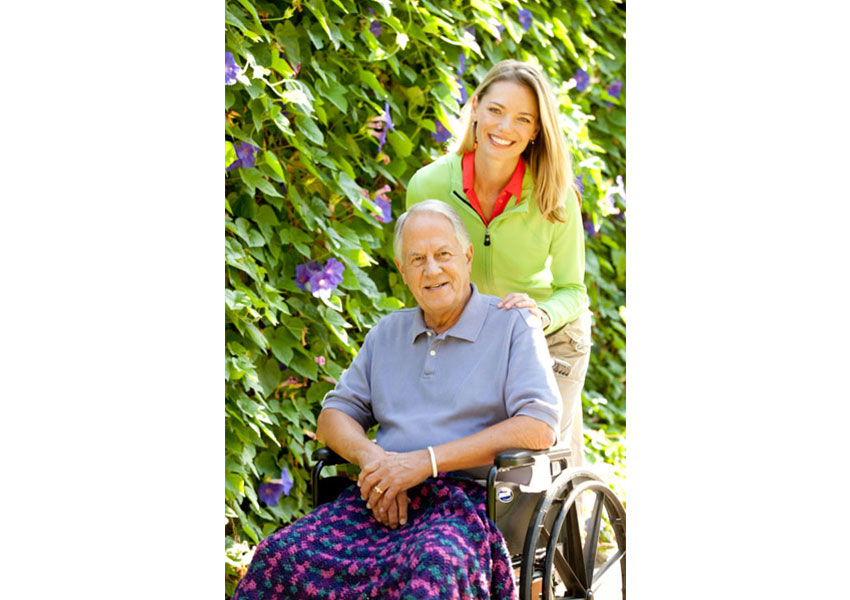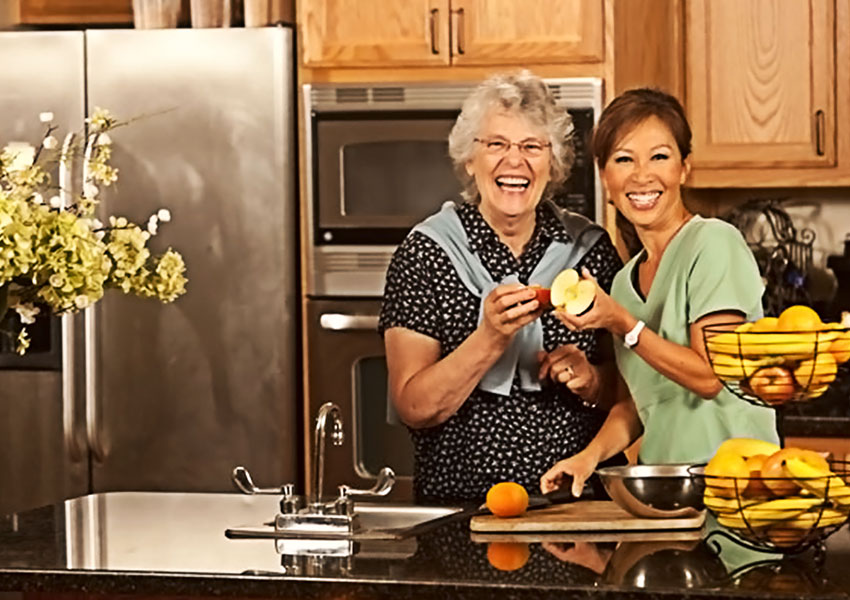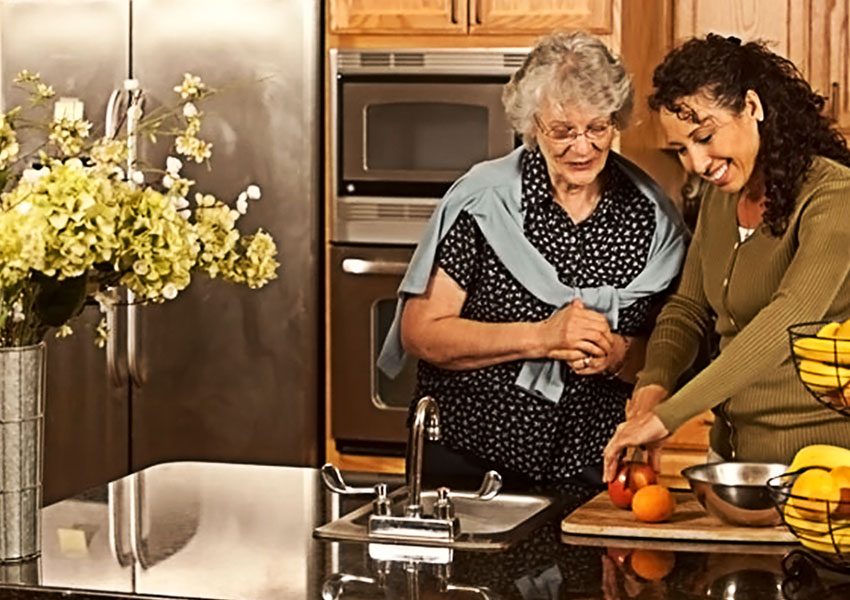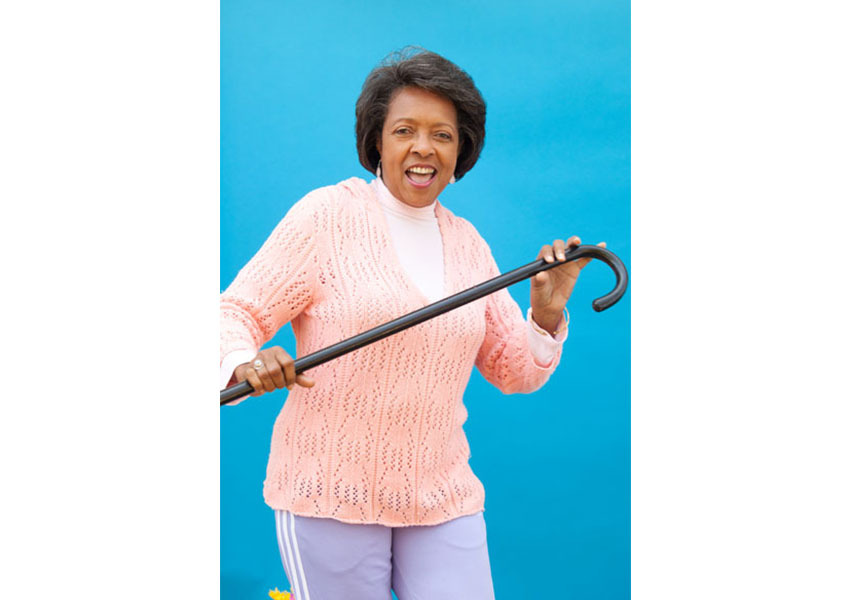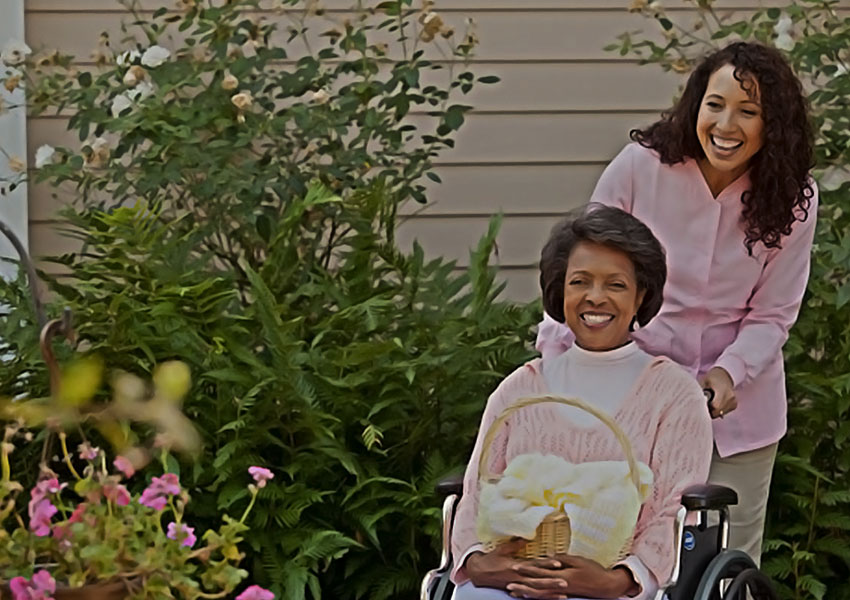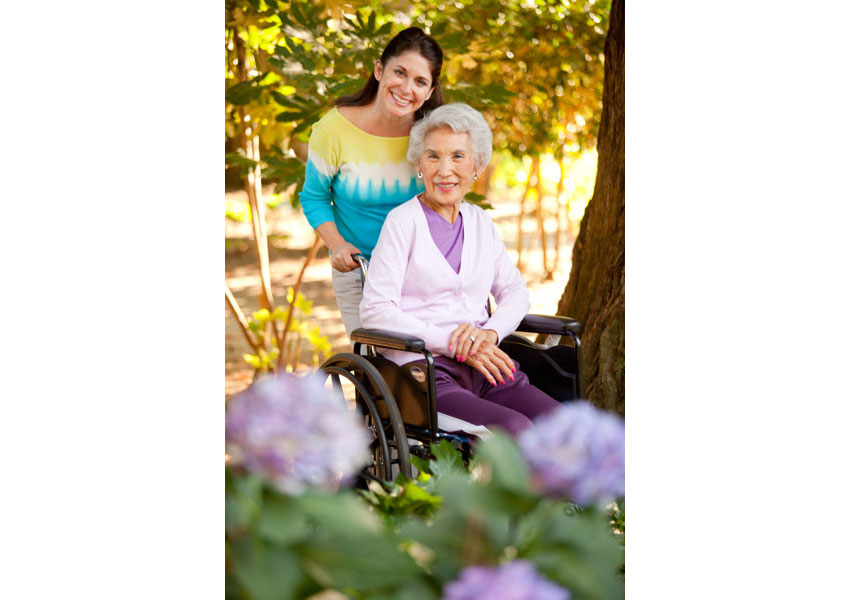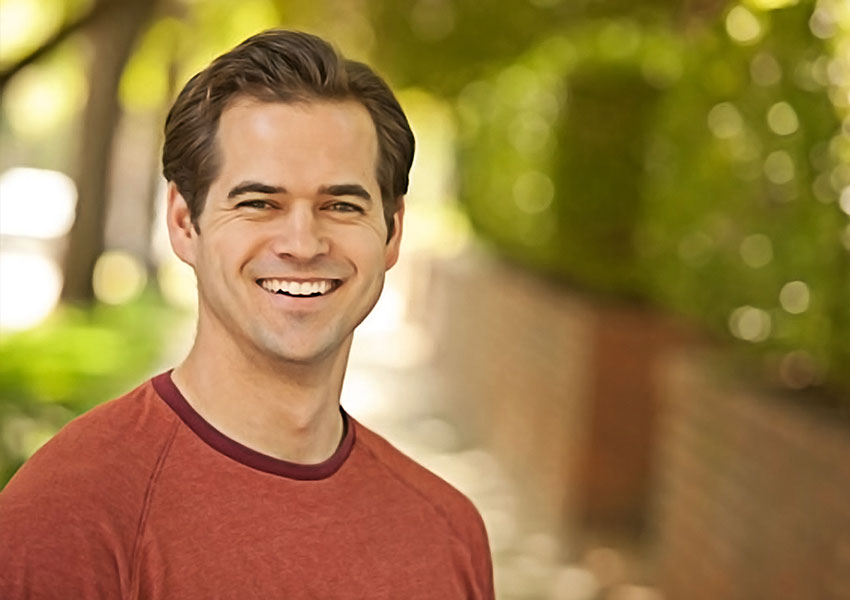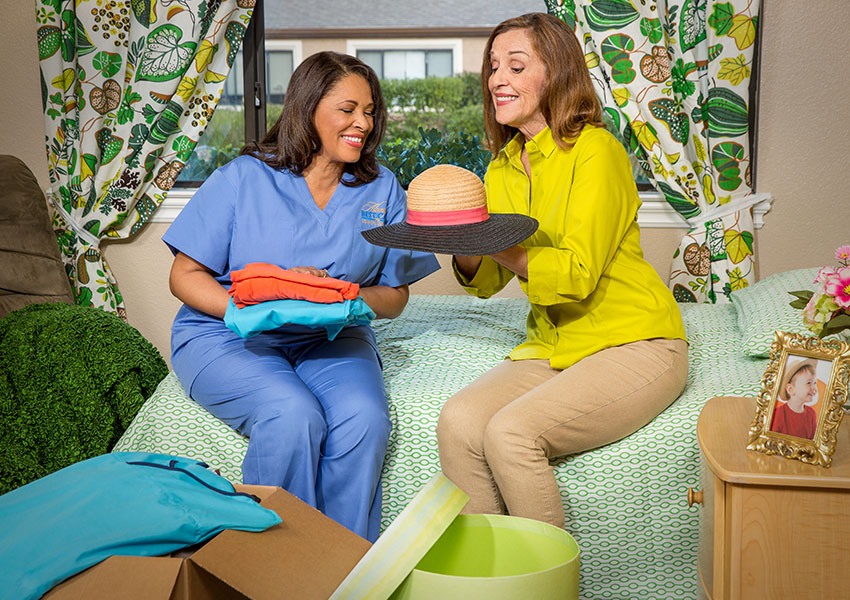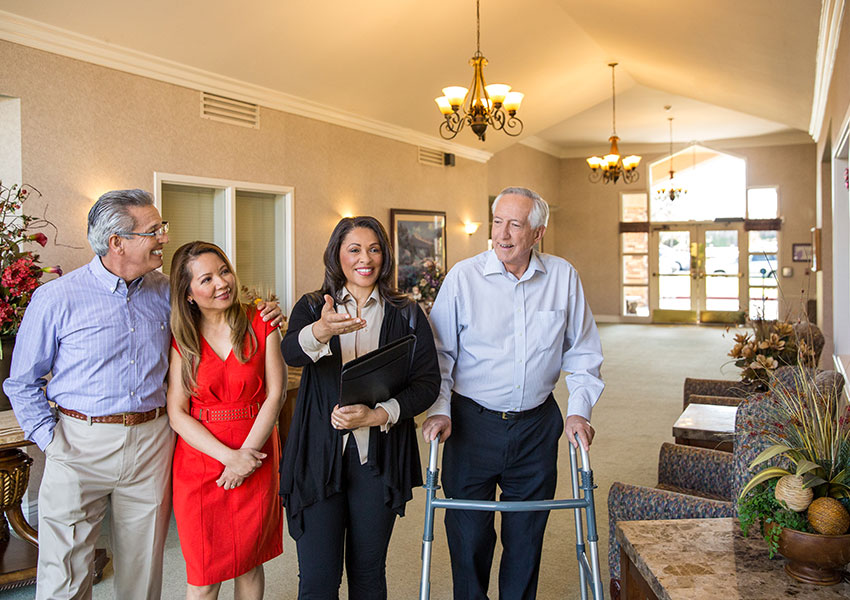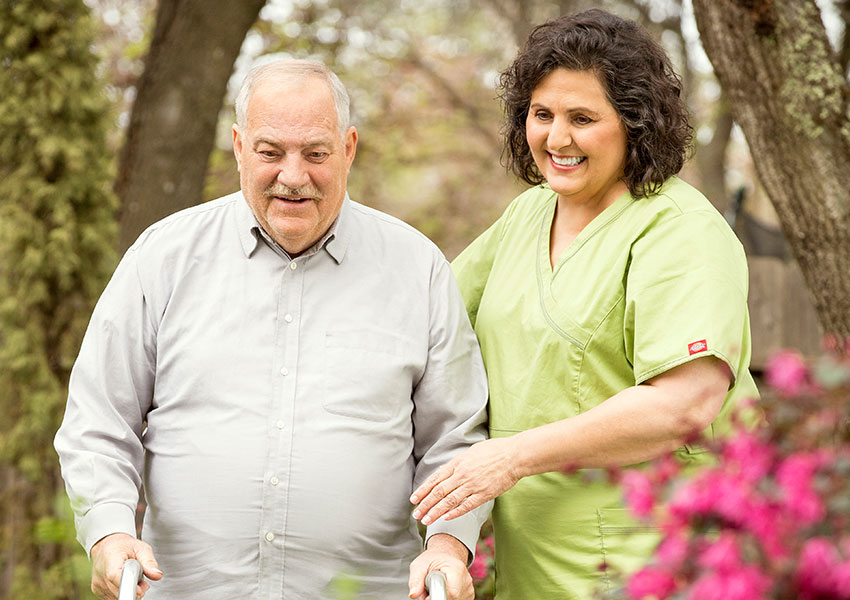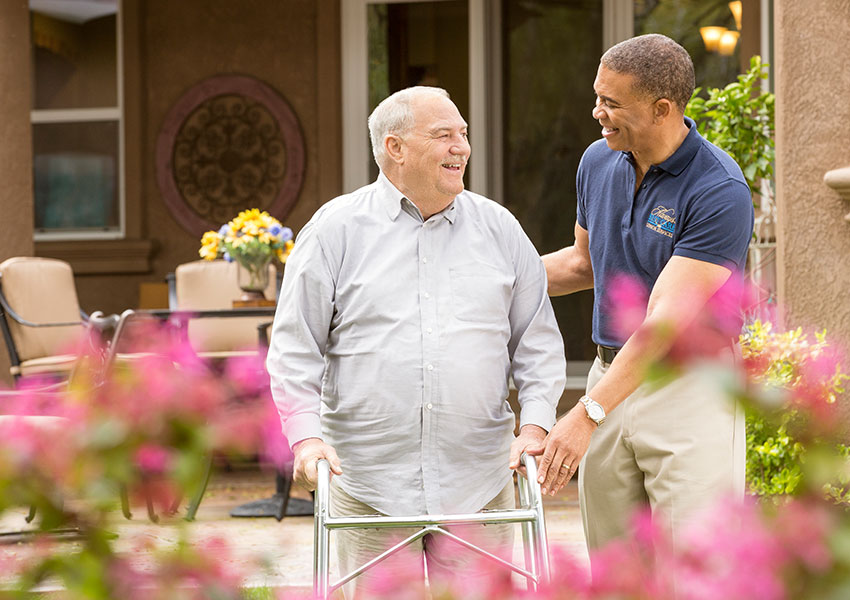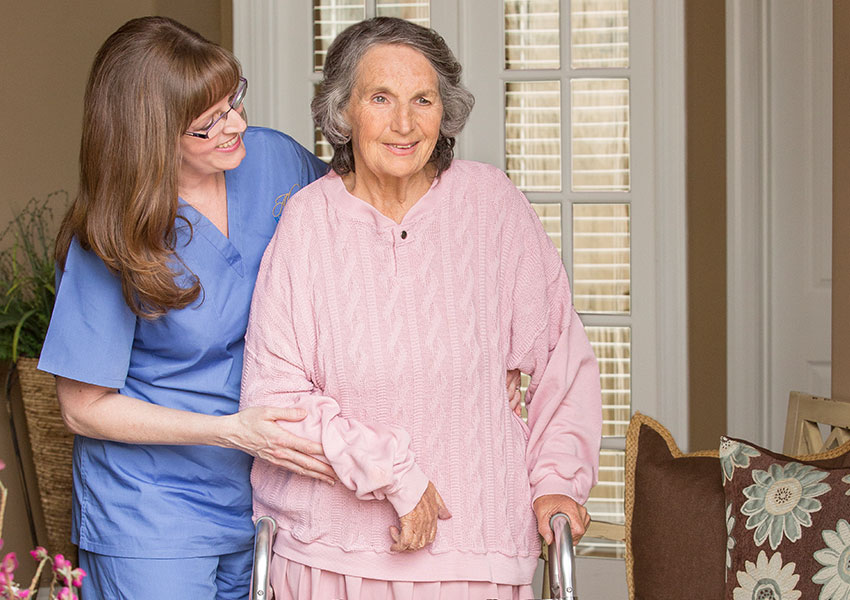There’s a housing crisis looming for seniors. With baby boomers entering their retirement years at a rapid rate, most housing is not keeping up with their needs. Most older adults say they want to stay in their homes as they age, but most homes are not designed for older bodies that have a hard time with stairs, slippery shower surfaces or hard-to-turn door knobs.
But local governments and the building industry are becoming aware of the shortage for accessible housing and are starting to build homes with features that appeal to people of all ages.
What Boomers Want in Homes
In surveys of retirees and those about to retiree, the vast majority want to stay in their homes, even if that means living someplace where the weather might not be as nice as Florida. A Merrill Lynch survey (as reported March 6, 2015, by Next Avenue) also found that only half of those surveyed were interested in downsizing, and some even wanted to upsize their homes.
For many retirees, working part-time is the best of both worlds because it brings in some income while allowing time for leisure activities. Plus, having a job keeps you involved in the world, which research on aging has shown keeps you sharp and happy.
Those 65 and up said they prefer living with people of diverse ages and generations, rather than segregating themselves with other seniors. And, whether older adults do decide to move or stay where they are, the main reason is to be close to family.
Another survey, by Better Homes and Gardens Real Estate, about the homes that baby boomers envision for retirement, found slightly different results from the Merrill Lynch survey, possibly because it studied a younger group—ages 49-67 (as reported by Next Avenue).
Most said they would move after they retire, but not far. The vast majority plan to stay in the state where they currently live. Other findings include:
- The most popular place to live is rural areas (small towns and farms), followed by retirement communities and urban areas.
- More than two-thirds who plan to move are willing to update or renovate their next home to fit what they want and need.
- The most important factor in choosing their next home is low-maintenance features.
Impending Housing Crisis
Despite what baby boomers say they want in their homes, the reality may not be so rosy. The nation is facing a lack of affordable, physically accessible and well-located homes for older adults, especially those with low incomes, according to a 2014 study by the Harvard Joint Center for Housing Studies & AARP Foundation (reported in Next Avenue). By now, the figures have been often quoted: In 15 years, 1 in 5 Americans will be 65 or older. By 2040, the United States will have 28 million people who are 80-plus. When you combine the largest generation in U.S. history with increased longevity, it’s not hard to see housing problems cropping up.
The Harvard study, Housing America’s Older Adults: Meeting the Needs of an Aging Population, highlighted three issues:
- The cost of renting and owning a home is high, with no signs of improvement in the near future. Low-income seniors must often choose between paying for housing or food and health care.
- Even though Americans say they want to age in place, they’re living in the wrong places. The problem is that most older adults live in suburbs and rural towns, far from any public transit, so they must rely on cars. As we age, most of us are less inclined to drive, especially on busy streets and at night, and about 24 percent of households 80+ are carless. This means seniors become dependent on others or become isolated in their homes.
- Most homes aren’t designed for seniors with physical challenges, and many houses and apartments lack basic accessibility features. Only 1 percent of U.S. housing units have all five of what are known as universal design features: no-step entry, single-floor living, extra-wide doorways and halls, accessible electrical controls and switches, and lever-style door and faucet handles (which are easier to grab than knobs).
Creating a House for Life
Builders are beginning to construct homes that incorporate features for young families as well as aging adults (from AARP):
- A side-door entrance with no steps offers an accessible entrance without a ramp or lift.
- To accommodate various users (from children to people with wheelchairs), sinks and vanity cabinets are positioned at 36- and 32-inch heights. The sink cabinet’s doors and threshold can be removed to provide wheelchair access. The toilet is set in a larger space for wheelchair access.
- A barrier-free shower has grab bars and a seat for better safety.
- A first-floor bedroom provides the option for one-level living and can also act as a home office or other space if not needed as a bedroom.
- Hard-surface flooring provides easier mobility for anyone using a wheelchair or assistive device.
- A peninsula countertop in the kitchen is set 30 inches high to provide both a sitting area for light meals as well as a lowered work surface where a cook or helper can sit instead of stand.
- Storage for everyday items is at reachable heights and includes several easy-access drawers with cabinet pulls, which are easier to grip than smaller cabinet knobs.
- A roomy garage provides enough space for easily getting into and out of a vehicle.
- Staircases have handrails, ideally one on each side.
- For those who can afford it, an elevator can be built into first- and second-floor closets.
One Solution in Oregon
As local governments around the country start to deal with a future crisis in housing for seniors, one region in Oregon has come up with a novel solution. In Oregon’s Rogue Valley, where more than 40 percent of the population is over 50, AARP and the local government have been working together to create a program to encourage more livable spaces for people of all ages. A voluntary home certification system can assess the “age-friendliness” and accessibility of both newly constructed and existing homes.
The Lifelong Housing Certification Project provides consumers and building industry professionals with a checklist of accessible features in a home, including rental units, based on universal design standards. Those seeking or renovating a home can decide which level (from 1 to 3) of accessibility they want by referring to the checklist. At the same time, builders, architects and other professionals have a standardized tool for building or modifying a home for lifelong livability.
Sources
“The Homes Boomers Will Retire In,” April 14, 2014, Next Avenue
“The Next Housing Crisis: Aging Americans’ Homes,” Sept. 2, 2014, Next Avenue
“Retirees and Their Homes: They Want It Their Way,” March 6, 2015, Next Avenue
“How to Encourage More ‘Lifelong’ Housing,” AARP
“A House That Can Be a ‘Home For Life,’” July 2014, AARP
Reprinted by Always Best Care Senior Services with permission from Senior Spirit, the newsletter of the Society of Certified Senior Advisors The Certified Senior Advisor (CSA) program provides the advanced knowledge and practical tools to serve seniors at the highest level possible while providing recipients a powerful credential that increases their competitive advantage over other professionals. The CSA works closely with Always Best Care Senior Services to help ABC business owners understand how to build effective relationships with seniors based on a broad-based knowledge of the health, social and financial issues that are important to seniors, and the dynamics of how these factors work together in seniors’ lives. To be a Certified Senior Advisor (CSA) means one willingly accepts and vigilantly upholds the standards in the CSA Code of Professional Responsibility. These standards define the behavior that we owe to seniors, to ourselves, and to our fellow CSAs. The reputation built over the years by the hard work and high standards of CSAs flows to everyone who adds the designation to their name. For more information, visit www.society-csa.com
To print this article CLICK HERE








